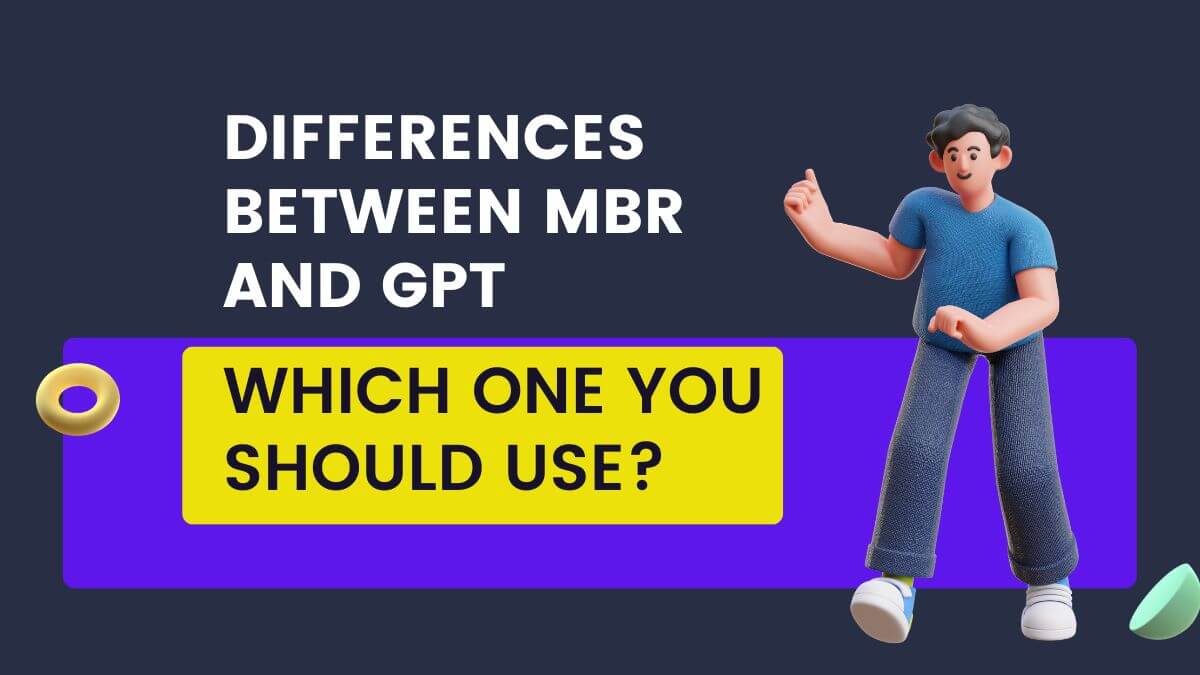How to Enable Office 365 Multi-Factor Authentication?
Multi-factor authentication (MFA) is a security feature that adds an extra layer of protection to your Office 365 account. This feature is highly recommended for businesses and individuals alike to prevent unauthorized access to sensitive information.
Azure Multi-Factor Authentication (MFA) keeps things simple for users while securing access to data and apps. It gives robust authentication using a variety of simple authentication techniques and adds security by requiring a second form of identification.
If you have 2FA enabled on your Office 365 mailbox, somebody could not access your mail by simply knowing your login and password (inadvertently or on purpose).
The instructions below install a 6-digit random number generator—a “thing you have”—that is updated every 30 seconds on your mobile device. Then, in addition to your login and password, access to your 2FA-enabled Office 365 mailbox would also require this often-changing 6-digit number.
In this blog post, we will discuss how to enable Office 365 multi-factor authentication. A step-by-step process for the same explained below.
Step 1: Sign in to Office 365 Admin Center
The first step in enabling MFA for your Office 365 account is to sign in to the Office 365 Admin Center. To do this, go to https://admin.microsoft.com and sign in using your admin credentials.
Step 2: Navigate to Users
Once you are signed in to the Admin Center, navigate to the “Users” section. This can be found by clicking on the “Users” icon in the left-hand menu.
Step 3: Select the User(s) you want to enable MFA for
In the Users section, select the user or users that you want to enable MFA for. You can do this by clicking on the user’s name or by selecting the checkbox next to their name.
Step 4: Enable MFA
After selecting the user(s), click on the “Enable” button under “Multi-factor authentication” at the top of the page.
Step 5: Choose the MFA settings
Once you have enabled MFA for the user(s), you will need to choose the MFA settings. There are three options to choose from:
- Baseline policy: This policy requires users to set up MFA the next time they sign in. They will be prompted to set up MFA using either a mobile app, text message, or phone call.
- Security defaults: This option enables MFA for all users in your organization and requires them to set up MFA the next time they sign in. This policy is the recommended setting for small businesses.
- Custom policy: This option allows you to create a custom MFA policy with specific settings for your organization.
Select the MFA setting that is appropriate for your organization and click on the “Enable multi-factor auth” button.
Step 6: Notify the User(s)
After enabling MFA for the user(s), it is important to notify them that they will need to set up MFA the next time they sign in. You can do this by clicking on the “Notify users” button at the top of the page.
Step 7: Set up MFA
The final step is for the user(s) to set up MFA. When they sign in to their Office 365 account, they will be prompted to set up MFA using one of the following methods:
- Mobile app: The user can download the Microsoft Authenticator app on their smartphone and use it to verify their identity.
- Text message: The user will receive a text message with a verification code that they can use to verify their identity.
- Phone call: The user will receive a phone call with a verification code that they can use to verify their identity.
Once the user has set up MFA, they will be prompted to enter the verification code every time they sign in to their Office 365 account.
In conclusion, enabling multi-factor authentication for your Office 365 account is a simple but important step in securing your data. By following these steps, you can enable MFA for your users and protect your organization from unauthorized access. Remember to notify your users after enabling MFA so that they can set it up on their end. Stay safe and secure!

